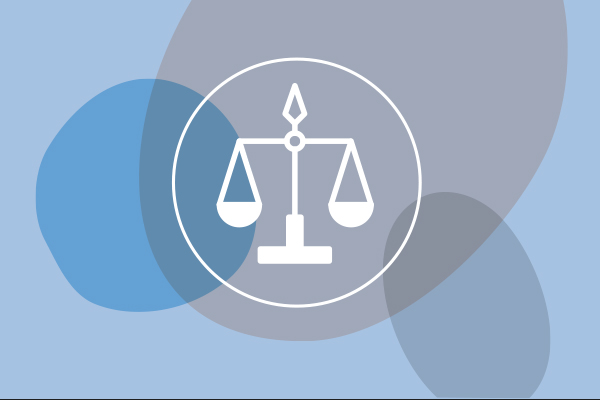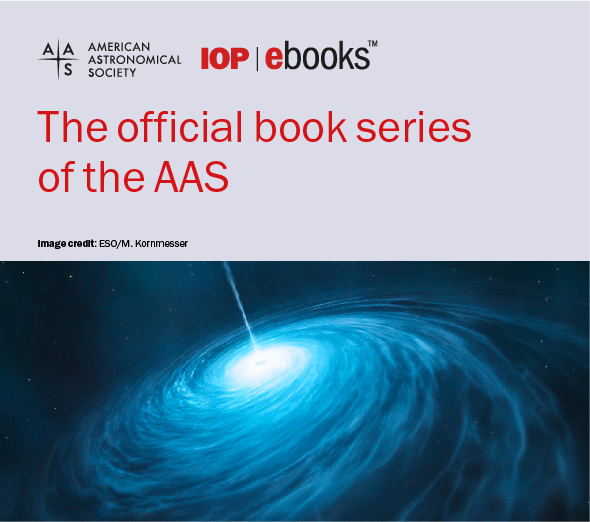Submitting a manuscript to the AAS journals? The following list provides checks and resources to help you to prepare your manuscript in advance, and it previews what you can expect during the submission process. Still have questions after reading this? You can contact the AAS journal staff at journals.manager@aas.org.
Pre-Submission Checklist for AAS Journal Authors
Before submitting, be sure to:
- Read and follow the AAS journal manuscript preparation guidelines.
! Avoid common mistakes:- Make sure to include line numbers for your manuscript.
- Check that your abstract is shorter than 250 words.
- Make sure you have current email addresses for all authors.
- Check that your references are formatted correctly.
- Make sure to use appropriate nomenclature for astronomical objects.
- Make sure that your files — including images, tables, etc. — are all on the same directory level before you submit; the upload system cannot parse folders or subdirectories.
- Properly prepare and document your graphics.
Graphics include all figures, figure sets, interactive figures, animations, and more. See our Graphics Guide for instructions on how to properly prepare and document your graphics. - Properly prepare and document any additional digital assets that you created.
Digital assets that enrich an article can include machine-readable tables, data behind figures, data stored in repositories, source code, and more. See our Data Guide for instructions on how to properly prepare and document digital assets. - Properly cite any datasets that you used.
Different data repositories (like IPAC, MAST, etc.) have different policies for how the use of that data should be mentioned and/or cited in published articles. We ask that you research and follow the preferences of the individual archives hosting the datasets you used.
During submission, you will be asked to:
- Select a desired journal and topical corridor.
Not sure which to select? Learn more about our journals’ scopes and the topical corridors. Note that the final journal destination is the Lead Editor’s decision. - Upload your properly formatted manuscript files.
See the previous section, “Before submitting,” for tips on preparing your manuscript and associated files.
! Avoid common mistakes:- Make sure that your files — including images, tables, etc. — are all on the same directory level; the upload system cannot parse folders or subdirectories.
- Enter your manuscript’s title, abstract, and authors.
! Avoid common mistakes:- Make sure that your abstract — both in the manuscript file and in the submission field — is shorter than 250 words.
- Check that the corresponding author is correctly identified and that all authors are listed in the correct order, both in the manuscript file and in the entry list.
- Check that the order of the author names matches the manuscript .pdf.
- Opt in to or out of dual anonymous review.
In dual anonymous review, the authors’ identities are not revealed to the reviewer(s).
! Avoid common mistakes:- If you opt in to dual anonymous review, please strip identifying information from your uploaded files, including in the metadata — we will not do this for you.
- If you opt in to dual anonymous review, make sure to upload a cover letter listing your manuscript’s author names and affiliations and your acknowledgement section. This allows the Scientific Editor to find an appropriate reviewer.
- If you wish your review to be anonymous, remember not to submit your article to arXiv or social media outlets in advance of your AAS review.
- Read and acknowledge the Professional and Ethical Standards for the AAS Journals.
- Identify and describe any digital assets included with your manuscript.
Digital assets include machine-readable tables, data behind the figure, figure sets, animations, and interactive figures. See our Guide to Digital Assets for more information. - Indicate whether you used any datasets hosted in astronomy data archives.
If you indicate that you have, you will be asked for the digital object identifiers (DOIs) for these datasets and prompted with instructions for properly mentioning/citing these datasets in your manuscript. You can start finding these DOIs now: MAST | IPAC | Chandra - Provide financial information.
Indicate whether you would like to request any discounts or support for article publication charges and describe the percentage allocation of charges among the manuscript’s authors. You will receive a confirmation that includes your final charges within a few business days after you submit your manuscript.
! Avoid common mistakes:- Be sure to request financial support from the AAS Publication Support Fund if you are otherwise unable to submit your work for publication.
- If you paid your annual AAS member dues prior to 1 January of this membership year, don’t forget to use your 15% author discount on one manuscript this year. You will need to enter your AAS member number to use this discount.
- Note that AAS journals are not a partner in any transformative and institutional access agreements entered into by our publisher, IOP Publishing.
- Provide funder information if your work was supported by a grant or other sponsorship.
- Select UAT concepts for your manuscript
Articles in AAS journals are now categorized using concepts from the Unified Astronomy Thesaurus (UAT). You will be asked to select between 1 and 12 concepts with which to tag your article. See this article for more information about how the UAT works.




